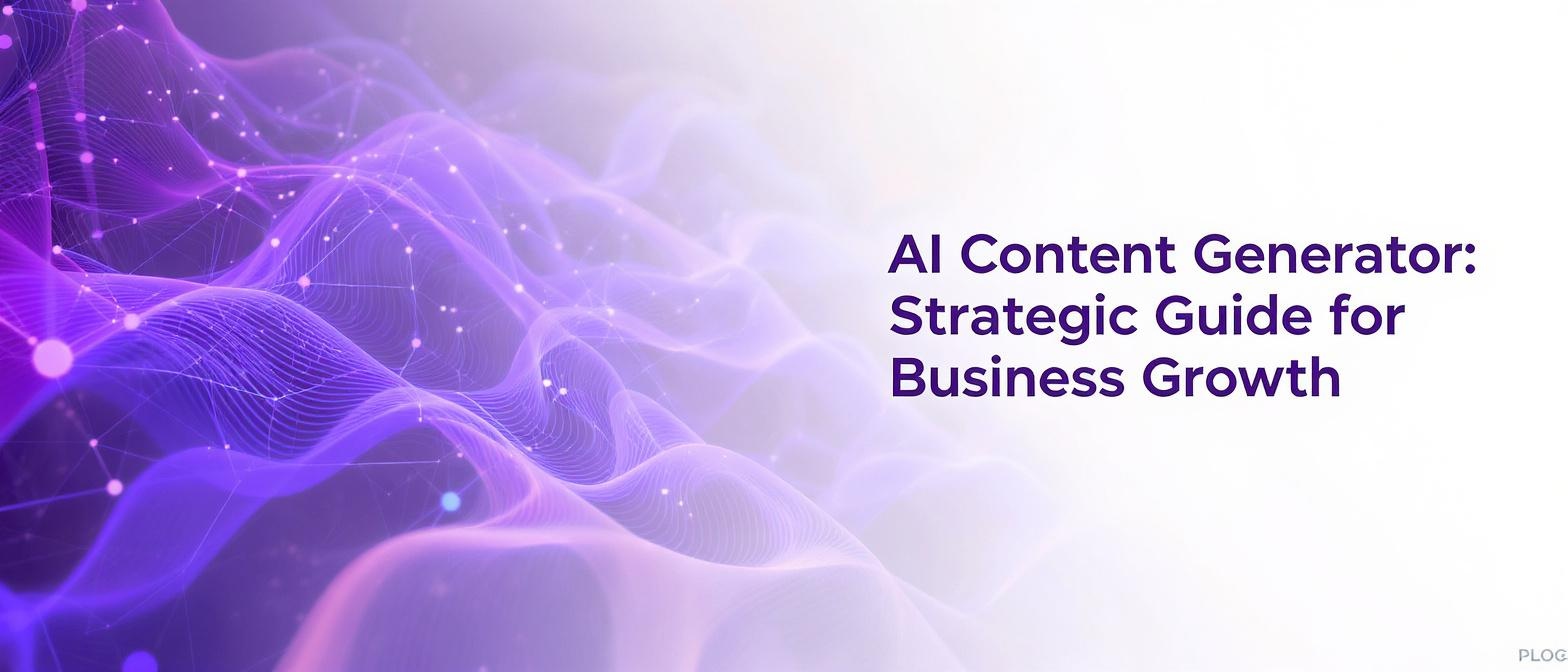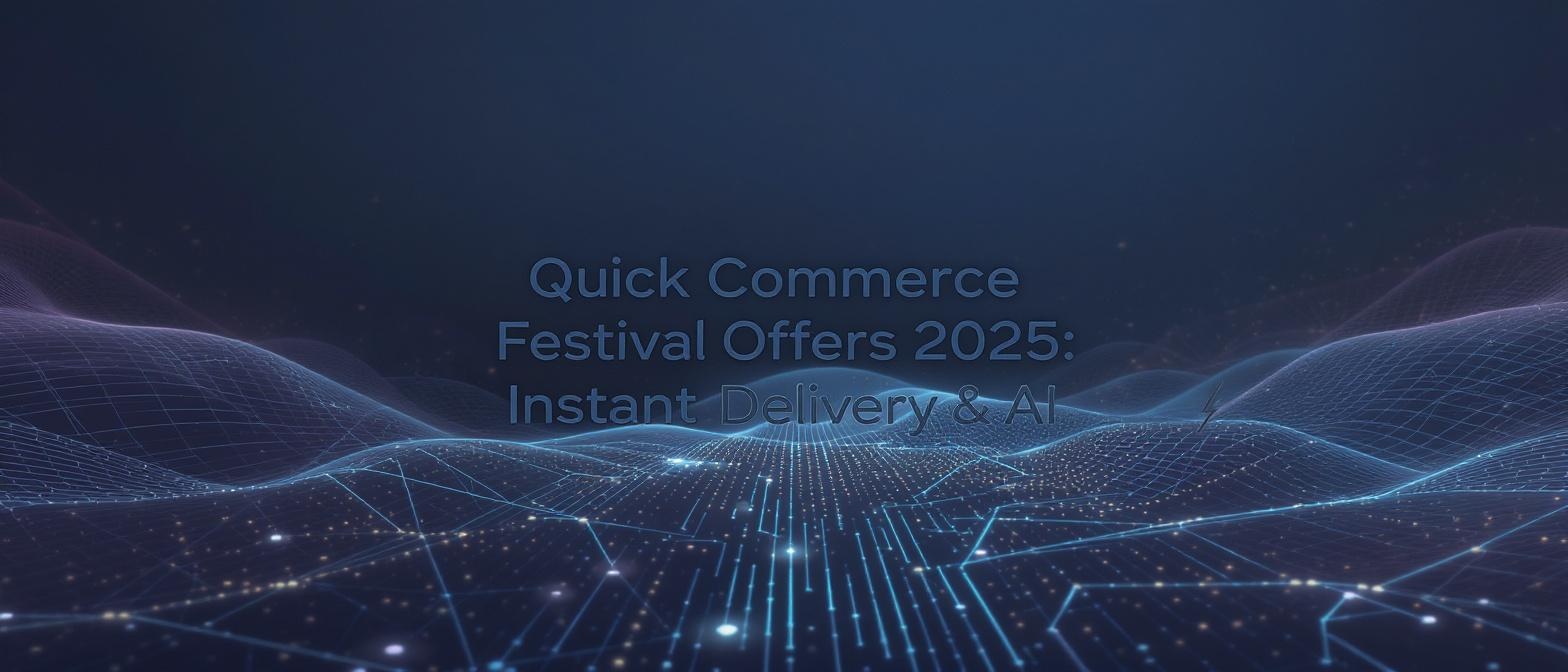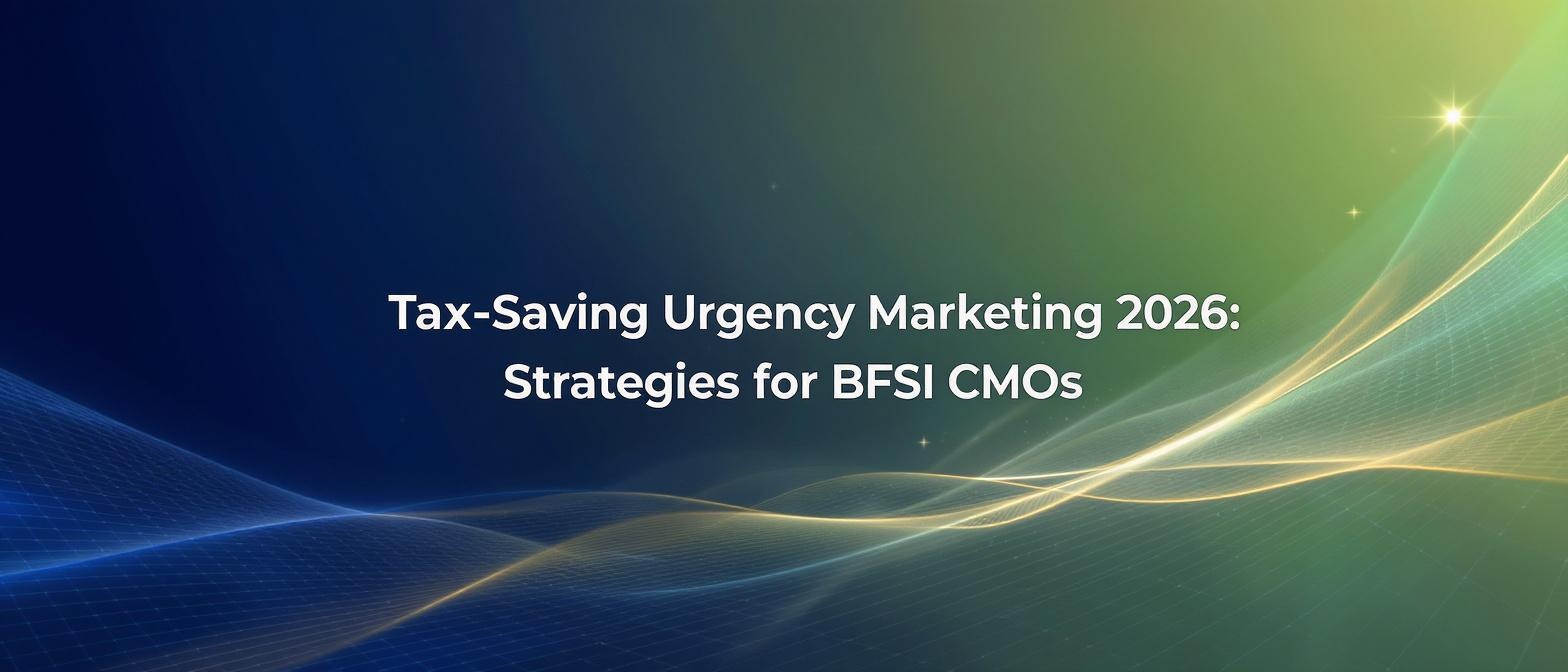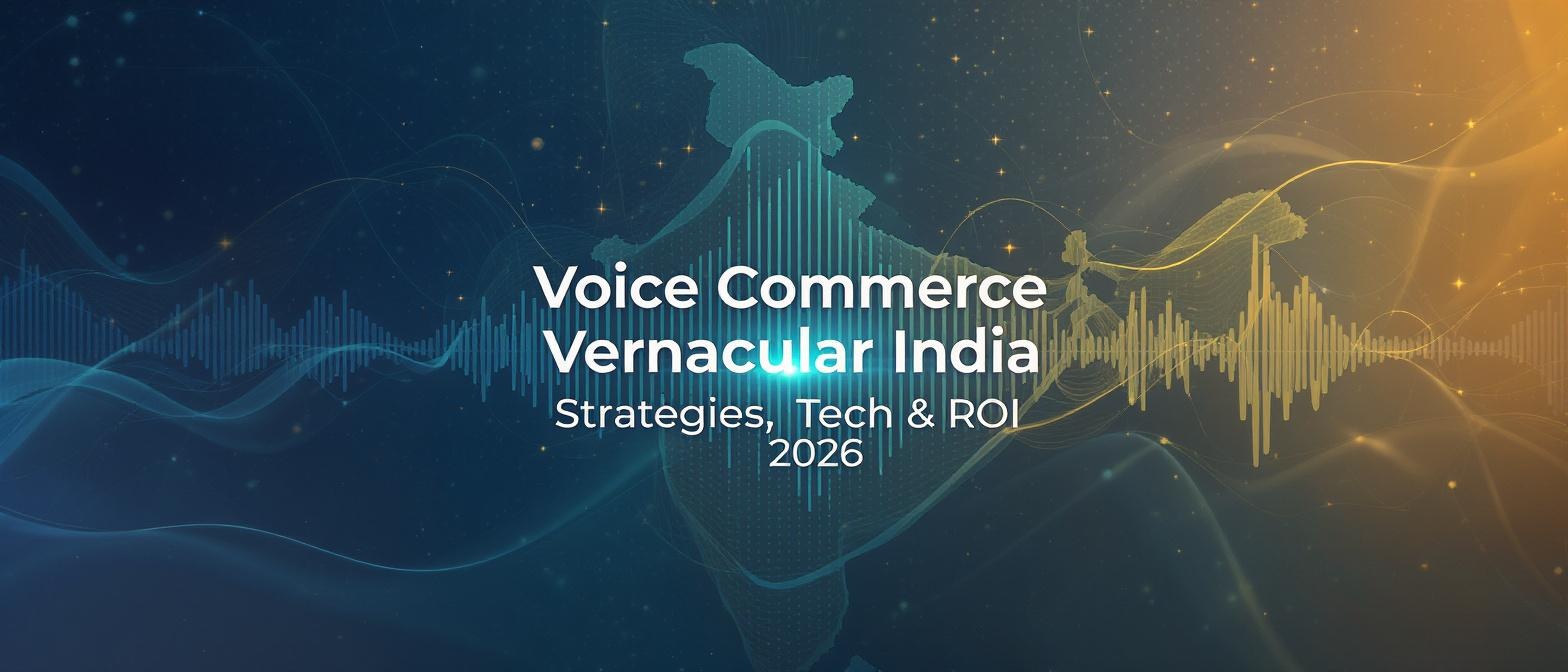Beyond the Hype: A Strategic Guide to AI Content Generators in 2025
Estimated reading time: 9 minutes
Key Takeaways
- AI content generators have moved beyond basic text outputs to advanced video and multimedia content.
- Effective AI adoption requires a cohesive framework, maintaining brand identity and robust quality control.
- ROI can be quantified through cost savings and performance lift in marketing campaigns.
- Ethical sourcing of AI avatars and a human-in-the-loop workflow are critical to protect brand reputation.
- Preparing for AI Agents and hyper-personalization requires solid data foundations for the future of AI-driven marketing.
The global AI market is currently valued at an astonishing $391 billion, a figure set to skyrocket as businesses race to integrate intelligent automation. Yet, for many content leaders, the promise of an AI content generator feels distant, trapped behind a wall of generic listicles and surface-level tool descriptions. You're tired of blogs that just list tools; you need a strategic playbook that shows you how to leverage AI for real-world results—scalability, personalization, and measurable ROI. The challenge isn't finding a tool; it's building a future-proof content engine without sacrificing quality or brand identity.
This guide moves beyond the simple "Top 10" format. We will dissect the strategic implementation of AI in your content workflow, addressing the critical gaps left by typical reviews. We'll explore a robust framework for scaling content globally, delve into the technical nuances that separate high-impact AI video from amateurish deepfakes, and provide a clear model for measuring your return on investment. Prepare to transform your understanding of AI content generation from a simple tool to a core pillar of your marketing strategy, creating better content, faster, and at a scale you never thought possible. For more insights on the future of content marketing you can check out this article by Forbes.
Section 1: Reframe the Challenge: From Tool Overload to Strategic Integration
The internet is saturated with lists of AI content generators, but they often create more confusion than clarity. The real challenge in 2025 isn't a lack of tools; it's the absence of a strategic framework to deploy them. Many marketing teams adopt AI tools piecemeal, leading to disjointed workflows, inconsistent brand voice, and a frustrating inability to measure impact. The conversation needs to shift from "Which tool should I use?" to "How do we build a cohesive AI-driven content ecosystem?"
Recent data reveals that while 40% of marketers are using AI for research and ideation, a significant portion struggles with full-scale implementation due to a lack of strategy. The primary hurdle is ensuring content quality and maintaining brand identity. Furthermore, a report from the Content Marketing Institute highlights that the biggest challenge for B2B marketers is creating content that is both high-quality and SEO-optimized, a task generative AI promises to solve but often complicates without proper guidance. The goal isn't just to produce more content; it's to produce smarter content. This means integrating AI in a way that enhances human creativity, automates repetitive tasks, and provides data-driven insights to inform your strategy, not replace it. For further reading on content marketing trends, explore the latest B2B Content Marketing Trends Research.
Section 2: Innovation & Solutions: The Rise of Scalable, Ethical AI Video
While early AI content generators focused on text, the most significant innovations are now happening in video. The competitor's article mentions basic "spokesperson" videos, but the technology has evolved far beyond that. Today's leading platforms offer photorealistic avatars, multi-language support with perfect lip-sync, and broadcast-quality output, all within a self-serve, browser-based interface. This leap in technology is closing the gap between prohibitively expensive traditional video production and the need for scalable, personalized video content.
The true innovation lies in the accessibility and control these new platforms provide. Marketers can now move from script to finished video in minutes, not weeks. This speed enables agile marketing campaigns, rapid A/B testing of ad creatives, and the creation of personalized sales outreach videos at scale. Platforms like Studio by TrueFan AI enable this transformation by providing a library of pre-licensed, professional AI avatars, eliminating the ethical and legal risks associated with unauthorized deepfakes. The underlying technology focuses on creating digital twins of real actors, capturing nuances in expression and delivery that older CGI-based avatars lacked. This focus on realism and ethical sourcing represents a maturation of the market, moving from novelty tools to enterprise-ready solutions designed for serious marketing teams who demand both quality and compliance.
Section 3: Advanced Implementation: A Framework for Global Content Scalability
Adopting an AI video generator is not a "plug-and-play" solution. To unlock its full potential, especially for global brands, you need a structured implementation framework. The competitor’s guide offers a simple "enter script, click submit" instruction, which completely overlooks the strategic depth required for effective, scalable content operations. Here is a more advanced framework:
The A.S.S.E.T. Framework for AI Video Implementation:
- Audit & Align:
- Audit: Review your existing content library and identify top-performing assets (blogs, whitepapers, case studies). These are your primary candidates for video repurposing.
- Align: Define clear objectives for your AI video strategy. Are you focused on lead generation (product demos), customer education (how-to videos), or brand building (social media snippets)? Align your goals with specific metrics (e.g., conversion rate, watch time).
- Standardize & Script:
- Standardize: Create a "Brand Voice Kit" for your AI. This includes approved terminology, preferred tone (formal, casual, energetic), and avatar selection guidelines to ensure consistency. Choose an avatar that aligns with your brand persona.
- Script: Develop modular script templates. For a product feature, create a template with placeholders for [Feature Name], [Benefit], and [Call to Action]. This allows for rapid, yet customized, video creation.
- Scale & Localize:
- Scale: Use your modular scripts to create video variants for different audience segments or A/B tests. Test different hooks, calls-to-action, or even avatars to see what resonates.
- Localize: This is where modern AI platforms excel. With Studio by TrueFan AI's 175+ language support and AI avatars, you can convert a single English video into dozens of localized versions with perfect, native-sounding voice and accurate lip-sync in minutes. This is not just translation; it's scalable global communication. Additionally, leveraging tools like Create Professional A-Roll Footage in Minutes with AI Video Generator Technology can further streamline your video production process, ensuring high-quality content at scale.
- Engage & Embed:
- Engage: Don’t just post your video. Embed it in relevant blog posts, include it in email marketing campaigns, and use it as a response tool in customer support chats.
- Embed: Use the platform’s API and webhook capabilities to integrate AI video generation directly into your marketing automation or e-commerce platforms for creating personalized welcome videos or abandoned cart reminders.
- Track & Tune:
- Track: Monitor key video performance metrics: view-through rate, click-through rate, and conversion rates.
- Tune: Use the data to refine your scripts, avatar choice, and distribution strategy. If a certain style of video performs well, double down on that format.
Section 4: Overlooked Considerations: Ethics, Brand Voice, and Quality Control
Competitor analyses often celebrate the speed and cost-savings of AI content generation while conveniently ignoring the most critical risks: ethical breaches, brand dilution, and the proliferation of low-quality content. A truly superior content strategy doesn't just adopt AI; it governs it. The most significant overlooked consideration is the ethical sourcing of AI avatars. Using deepfake technology on public figures without consent is a legal and reputational minefield. Responsible platforms use fully licensed digital twins of real actors, ensuring that the individuals are compensated and have consented to the use of their likeness.
Another major challenge is maintaining a consistent and authentic brand voice. An AI is only as good as the instructions it's given. Without strict guidelines, AI tools can produce generic, soulless content that erodes brand equity. This requires creating detailed style guides specifically for AI prompts and establishing a human-in-the-loop (HITL) workflow where marketers or copywriters review and refine all AI-generated content before it goes live. This collaborative approach, as highlighted in recent Forbes analyses, blends AI's efficiency with human creativity and strategic oversight. Finally, quality control cannot be an afterthought. This includes everything from technical checks on video rendering and audio sync to strategic checks ensuring the content aligns with campaign goals and doesn't contain factual inaccuracies or harmful bias.
Section 5: ROI & Metrics: Proving the Value of Your AI Content Engine
One of the biggest gaps in most discussions about AI content generators is the lack of a clear framework for measuring Return on Investment (ROI). The benefits are often vaguely described as "time savings." However, the true ROI of a sophisticated AI video platform can be quantified across several key areas. Research indicates that AI can reduce customer acquisition costs (CAC) by up to 40% and boost conversion rates by 30% by enabling high-volume testing and personalization.
Here’s a simple framework to calculate the ROI:
1. Calculate Cost Savings (The "Efficiency Gain"):
- Traditional Video Cost: (Cost of actors + studio rental + videographer + editor) = C_traditional
- AI Video Cost: (Platform subscription fee / number of videos produced) = C_AI
- Savings per Video: C_traditional - C_AI
2. Measure Performance Lift (The "Effectiveness Gain"):
- A/B Testing Velocity: Track the number of video variants you can create and test with AI versus traditional methods. A higher velocity leads to faster optimization and improved campaign performance.
- Conversion Rate Impact: Implement AI-generated videos on landing pages or in ad campaigns. Measure the lift in conversion rate compared to static images or text.
ROI = [(Gain from Investment - Cost of Investment) / Cost of Investment] * 100
Solutions like Studio by TrueFan AI demonstrate ROI through this combination of radical efficiency and improved performance. For example, an e-commerce brand can create 50 different product videos for A/B testing on social media in the time it would traditionally take to produce one, leading directly to a lower CAC and higher ROAS (Return on Ad Spend).
Section 6: Future Roadmap: Preparing for the Next Wave of Generative AI
The field of generative AI is evolving at a breakneck pace. While today's discussion centers on script-to-video and text generation, the horizon holds even more transformative technologies. The competitor's 2022 article is a relic of a bygone era; preparing for 2025 and beyond requires a forward-looking perspective.
One of the most significant emerging trends is the rise of AI Agents. These are autonomous systems that can take a high-level prompt—like "create a marketing campaign for our new product"—and execute the entire workflow, from market research and content creation to media buying and performance analysis. This will shift the role of the marketer from a "doer" to a "director" or "orchestrator" of AI agents.
Another key trend is hyper-personalization at an individual level. Future AI video platforms will be able to generate unique video messages for every single person on your email list, customized with their name, company, or recent activity, creating a level of 1:1 communication that is currently impossible. To prepare, businesses should focus on building robust first-party data systems. The quality of your customer data will directly determine the effectiveness of future hyper-personalization engines. Start unifying your CRM, customer support, and website analytics data now to build the foundation for the next generation of AI-driven marketing.
Frequently Asked Questions
How is an AI content generator different from a simple writing tool?
An AI content generator is far more advanced than a grammar checker or thesaurus. It uses large language models (LLMs) to understand context, tone, and intent, allowing it to create entirely new content, from blog posts and ad copy to video scripts. Modern platforms can also generate multimedia content like voiceovers and full video productions from a simple text prompt, transforming a single idea into a complete, multi-format content package.
What are the biggest mistakes to avoid when using an AI video generator?
The biggest mistake is a lack of human oversight. Relying on AI to do everything without review can lead to content that is factually incorrect, off-brand, or ethically questionable (e.g., using an unauthorized deepfake). Another common error is failing to provide the AI with a detailed style guide, resulting in generic content that doesn't resonate with your audience. Always use AI as a collaborator, not a replacement for human strategy and creativity.
Can AI-generated video content truly match human quality?
While AI can't replicate human emotion perfectly, the quality of top-tier AI video generators is remarkably high. The key is using platforms that are built on photorealistic digital twins of real actors, rather than cartoonish CGI. When combined with professional voice cloning and precise lip-sync technology, the final output is often indistinguishable from a professionally shot spokesperson video, especially for corporate communications, e-learning, and social media content.
How does an AI content generator handle different languages and accents?
Leading platforms use advanced AI models trained on vast datasets of global languages and speech patterns. This allows them to not only translate text accurately but also generate voiceovers in native-sounding accents with correct intonation. For video, the best systems automatically adjust the avatar's lip movements to perfectly match the spoken words in any language, ensuring a seamless and professional result for global audiences.
How can I get started with AI video generation on a budget?
You no longer need a massive budget. Self-serve platforms have democratized access to this technology. For example, Studio by TrueFan AI offers a starter plan beginning at just ₹2,999 per month, which includes access to professional avatars and high-definition video generation. This allows small businesses and individual creators to experiment with and leverage the power of AI video without the high costs of traditional production.
What is the difference between an AI avatar and a deepfake?
The key difference lies in consent and legality. An ethical AI avatar is a digital twin created with the full consent and cooperation of a real person, who is compensated for the use of their likeness. A deepfake, conversely, often involves using someone's image without permission, which carries significant legal and ethical risks. For business use, it is crucial to choose platforms that provide a library of fully licensed, consent-first avatars to ensure compliance and protect your brand's reputation (https://www.truefan.ai/blogs/beyond-ai-art-generator-video-avatars-business).
Conclusion
The era of AI-powered content is no longer a futuristic prediction; it is the current reality for high-performing marketing teams. Moving past the outdated, tool-focused listicles, we've laid out a strategic path forward. The true potential of an AI content generator is unlocked not by the tool itself, but by the framework you build around it. By reframing the challenge from tool selection to strategic integration, you can build a scalable, efficient, and high-quality content engine.
The journey begins with a strategic mindset—focusing on ethical implementation, rigorous quality control, and a clear understanding of ROI. The future belongs to those who can master the art of human-AI collaboration, using technology to amplify creativity and reach global audiences with unprecedented speed and personalization. Your next step is to move from theory to practice. Begin by auditing your top-performing content and identify a single use case for an AI video. Use this pilot project to test, learn, and build the foundation for a truly intelligent content strategy that will define your success in 2025 and beyond.





